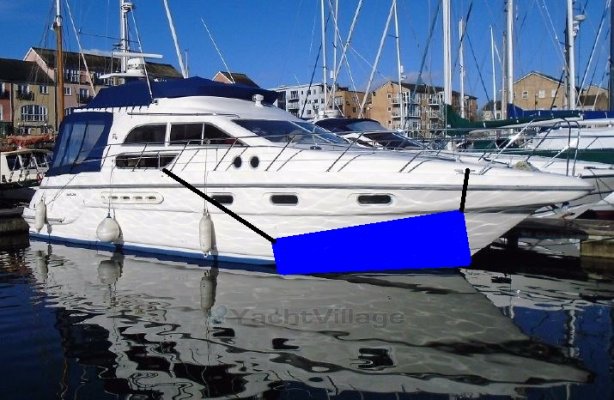Hull slap is a fairly common discussion on Nordic Tug forums. I purchased a new Nordic Tug 32 in 2006. The first night on my mooring, the slap was enough that I needed to do something about it. Anchoring off the stern, while it may quiet the slap, is not appropriate in any kind of weather. I put together a "hull slap preventer" described in NT forums, a pool noodle encased in sail material, strapped to the hull. Effective, but a PIA to deploy and remove. I contacted Nordic Tug, since they have the hull molds, and asked if they would produce a dense foam block that could be glassed into the chine. Response was "absolutely not". The following year I filled in a 4 foot section of the chines. That solved the problem, with no impact on performance or wave deflection at speed. Since I did the work myself, the cost of materials was only about $500 (CoreCell foam, epoxy resin, bonding material, carbon fiber tape, gelcoat). Boatyard labor would drive the cost up several thousand dollars. I know several NT owners who have spent $3,000 to $5,000 to have the work done professionally.
I like the idea from DDW of a fitted fiberglass or plastic molding that could be attached with 5200, or glassed in. Just like attachable spray rails for downeast boats, a molding is a viable solution. Here again, you would need a mold of your specific hull and proper placement, to produce that molding.



